14 Easy Steps to Create an Email Newsletter
In today’s competitive digital landscape, an email newsletter is a powerful weapon in your marketing arsenal to establish a strong online presence, engage with your target audience, and nurture lasting relationships with your subscribers. To create an impactful email newsletter, you need a well-structured strategy that resonates with your readers and drives them to take action. In this comprehensive guide, we will delve into 14 essential steps that will empower you to craft a compelling email newsletter that sets you apart from the competition and delivers tangible results for your business.
1. Define Your Newsletter’s Purpose

To embark on your email newsletter journey with confidence, a crystal-clear purpose is paramount. Understand your target audience’s pain points, preferences, and aspirations, and then outline specific objectives for your newsletter. Whether you seek to provide valuable educational content, promote your latest product offerings, or foster a sense of community among your subscribers, a well-defined purpose will act as your compass throughout the process, ensuring every element of your newsletter aligns with your overall marketing strategy.
- Identifying Target Audience and Content Focus
To define your newsletter’s purpose, start by identifying your target audience’s preferences and interests through in-depth market research. Analyze data to gain insights into demographics, interests, and pain points. Tailor content to meet their needs using relevant SEO-friendly keywords, building a strong readership base and niche credibility. Engage your audience with valuable content, fostering lasting connections.
- Defining Clear Goals and Call-to-Actions (CTAs)
Next, set clear, specific, and measurable goals for your newsletter, aligning with objectives like increasing traffic, generating leads, or promoting services. Craft persuasive CTAs strategically placed throughout, guiding readers to take action. Optimize CTAs with appropriate keywords for better search engine visibility and higher conversion rates. By combining defined goals and effective CTAs, achieve success with an engaged and loyal audience.
2. Choose the Right Email Marketing Service
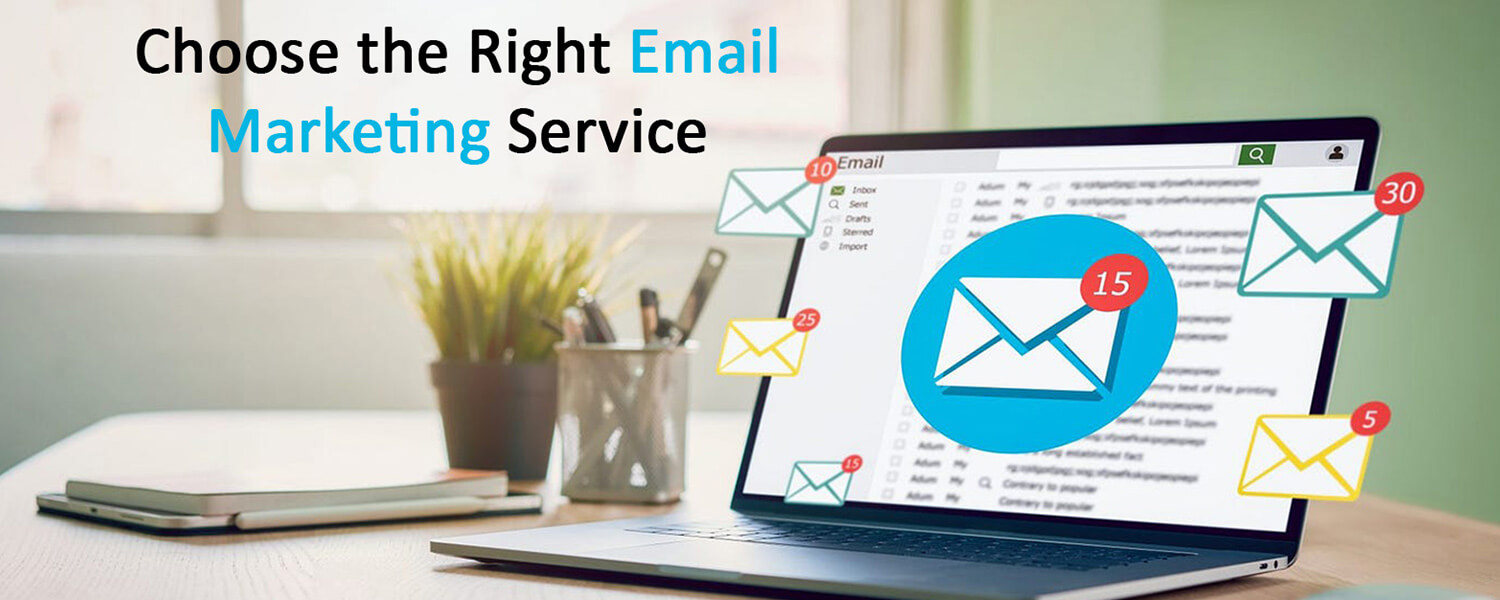
The foundation of a successful email newsletter campaign lies in selecting the perfect email marketing service for your needs. Look for a platform that boasts user-friendly templates, robust automation features, detailed analytics, and responsive design options. Leading email marketing services such as Mailchimp, ConvertKit, or Constant Contact can equip you with the necessary tools to streamline your newsletter creation process and deliver compelling content that captivates your subscribers.
- Assessing Your Business Needs and Budget
To choose the right email marketing service, begin by assessing your specific business requirements and budget constraints. Understand your email marketing goals, the size of your contact list, and the frequency of your campaigns. Identify essential features such as automation, segmentation, and analytics that align with your objectives. Consider your budget to ensure you select a service that offers value for money without compromising on essential functionalities.
- Comparing Features and User-Friendliness
The next critical step is comparing the features and user-friendliness of different email marketing services. Look for platforms that offer intuitive interfaces, easy-to-use templates, and robust customization options. Evaluate their email deliverability rates and customer support responsiveness. Pay attention to features like A/B testing, reporting, and integration capabilities with other tools. By meticulously comparing these factors, you can confidently choose an email marketing service that perfectly suits your business needs, drives engagement, and helps achieve your marketing goals.
3. Design a Captivating Template
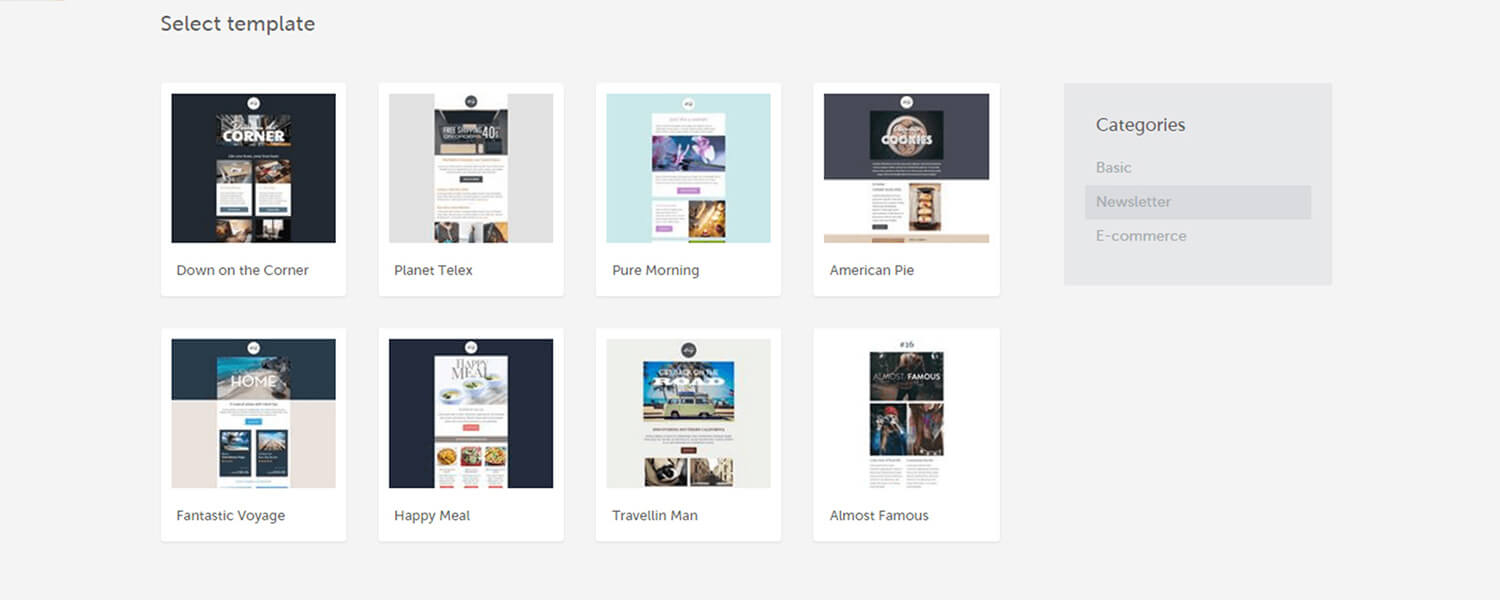
Your email newsletter’s design plays a pivotal role in captivating your audience and leaving a lasting impression of your brand. Opt for a clean and visually appealing layout that complements your brand’s colors and aesthetics. Crucially, ensure your template is fully mobile-responsive to deliver a seamless reading experience across all devices. Incorporate eye-catching graphics, compelling headers, and strategically placed call-to-action buttons that guide your subscribers toward taking action and engaging further with your content.
- Understand Your Audience and Brand Identity
When designing a captivating template, the first step is to understand your target audience and brand identity. Conduct thorough research to identify the preferences and tastes of your audience. Analyze your brand’s values, colors, and visual elements to create a cohesive and consistent design. Utilize SEO-friendly keywords in your content to optimize for search engines, attracting relevant traffic to your emails.
- Focus on Visual Appeal and User Experience
The next crucial step is to focus on visual appeal and user experience. Craft a visually engaging template that aligns with your brand’s aesthetics and resonates with your audience. Use eye-catching graphics, well-structured layouts, and mobile-responsive designs to ensure a seamless user experience across devices. Incorporate compelling copy with SEO-friendly keywords to captivate readers and drive higher engagement. By prioritizing visual appeal and user experience, your captivating template will leave a lasting impression, encouraging increased open rates and click-throughs.
4. Craft Compelling Content

The heartbeat of any successful email newsletter is compelling and high-quality content that speaks directly to your audience’s needs and interests. Employ a diverse range of content formats, such as informative articles, entertaining videos, engaging infographics, and exclusive offers, to maintain your subscribers’ interest and keep them eagerly awaiting your next email. Cultivate a friendly and conversational tone that establishes a genuine connection with your audience, making them feel like valued members of an exclusive community receiving exclusive insights and updates.
- Know Your Audience and Their Pain Points
The first key step in crafting compelling content is to deeply understand your target audience and identify their pain points. Conduct thorough research to gain insights into their preferences, interests, and challenges. Use SEO-friendly keywords to optimize your content for search engines, ensuring it reaches the right audience.
- Create Valuable and Engaging Content
The next essential step is to create valuable and engaging content that addresses your audience’s pain points. Provide informative, practical, or entertaining solutions to their problems. Use compelling storytelling and persuasive language to keep your readers hooked. Incorporate relevant keywords naturally to improve SEO rankings and attract organic traffic. By focusing on valuable and engaging content, you can build a loyal audience that finds immense value in what you offer, leading to increased conversions and brand credibility.
5. Optimize for Mobile
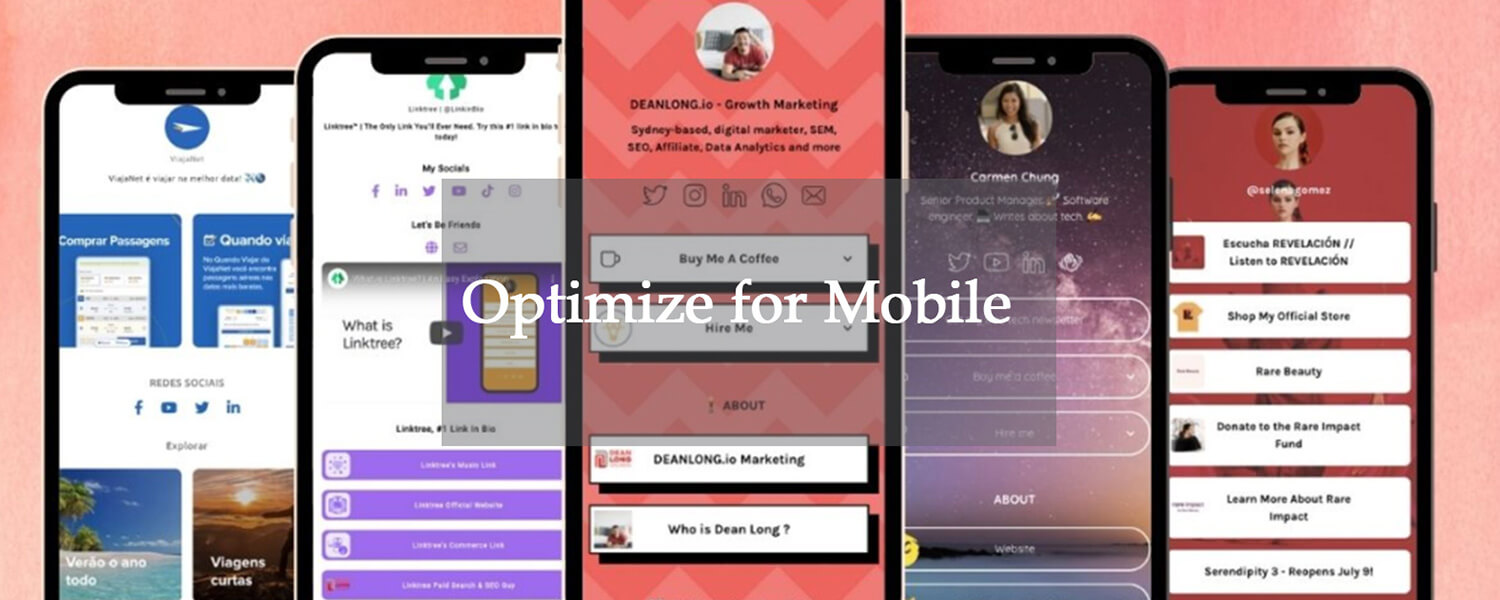
In an era where mobile devices dominate online interactions, optimizing your email newsletter for mobile responsiveness is a non-negotiable aspect of your strategy. Thoroughly test your design across various screen sizes and platforms to ensure all elements are displayed correctly. A fully mobile-responsive design guarantees a seamless reading experience for your subscribers, fostering higher user engagement and increasing the likelihood of click-through rates.
- Responsive Design Implementation
The first crucial step in optimizing for mobile is to implement a responsive design for your website or email templates. A responsive design ensures that your content adapts and scales seamlessly to fit various screen sizes and devices, including smartphones and tablets. Incorporate SEO-friendly keywords naturally into your content to enhance mobile search visibility.
- Mobile-Friendly Content and Navigation
To take your personalization and segmentation efforts to the next level, Step 2 focuses on developing content tailored for mobile devices and ensuring seamless navigation. Keep your text succinct and easily legible on smaller screens. Implement clear and clickable calls-to-action (CTAs) for effortless user interaction. Optimize images and videos to decrease loading times and improve mobile browsing performance. Integrate relevant keywords strategically to enhance SEO effectiveness on mobile platforms. By emphasizing mobile-friendly content and navigation, you can deliver a superior user experience, heighten engagement, and attract greater mobile traffic to your website or email campaigns.
6. Pay Attention to Email Subject Lines

Your email subject lines wield tremendous power in enticing your subscribers to open your emails and engage with your content. Craft attention-grabbing subject lines that are concise, intriguing, and directly related to the content within the email. Employ powerful language, create a sense of urgency, or spark curiosity to elicit higher open rates from your recipients.
- Craft Compelling and Relevant Subject Lines
The first crucial step in paying attention to email subject lines is to craft compelling and relevant subject lines that entice recipients to open the email. Use persuasive language and create a sense of urgency or curiosity to pique their interest. Incorporate SEO-friendly keywords to optimize subject lines for better search visibility and improved open rates.
- Personalization and A/B Testing
The next essential step is to personalize subject lines based on recipient data such as their name or location. Personalization creates a more tailored and engaging experience for the reader. Additionally, conduct A/B testing to compare different subject line variations and determine which performs better. This allows you to optimize subject lines for maximum impact and increased email open rates. By combining compelling content and personalization with A/B testing, you can significantly improve the effectiveness of your email subject lines and ultimately, the success of your email marketing campaigns.
7. Personalization and Segmentation
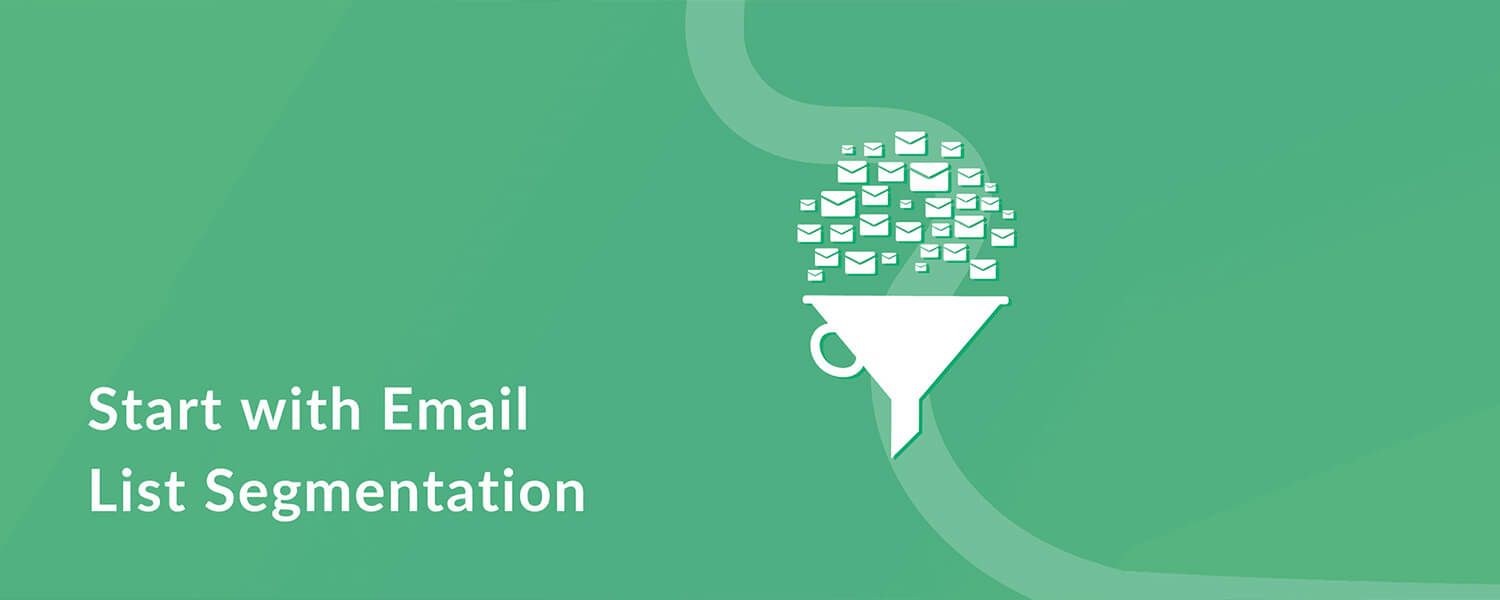
To elevate the impact of your email newsletter, personalization and segmentation are key elements of your strategy. Segment your email list based on subscriber behavior, preferences, or demographics to deliver highly targeted content that resonates with specific groups. Implement dynamic content to take personalization a step further, addressing each subscriber by name and customizing content to cater to their unique interests and needs.
- Data Collection and Analysis for Tailored Experiences
The initial and pivotal stage in achieving tailored experiences and effective segmentation entails the meticulous gathering and analysis of pertinent data concerning your audience. It involves the meticulous collection of information encompassing demographics, preferences, purchase history, and browsing patterns. Additionally, incorporating SEO-friendly keywords organically within your content is crucial to optimize search engine visibility and attract pertinent traffic.
- Tailored Content and Targeted Campaigns
Once you have gathered the necessary data, the next essential step is to create tailored content and targeted campaigns based on the segmentation criteria. Use the collected data to group your audience into specific segments with similar characteristics. Craft personalized content that speaks directly to the needs and interests of each segment. Utilize relevant keywords strategically to enhance SEO and boost visibility. By implementing personalization and segmentation, you can build stronger connections with your audience, improve engagement, and drive better results in your marketing efforts.
8. Test and Analyze
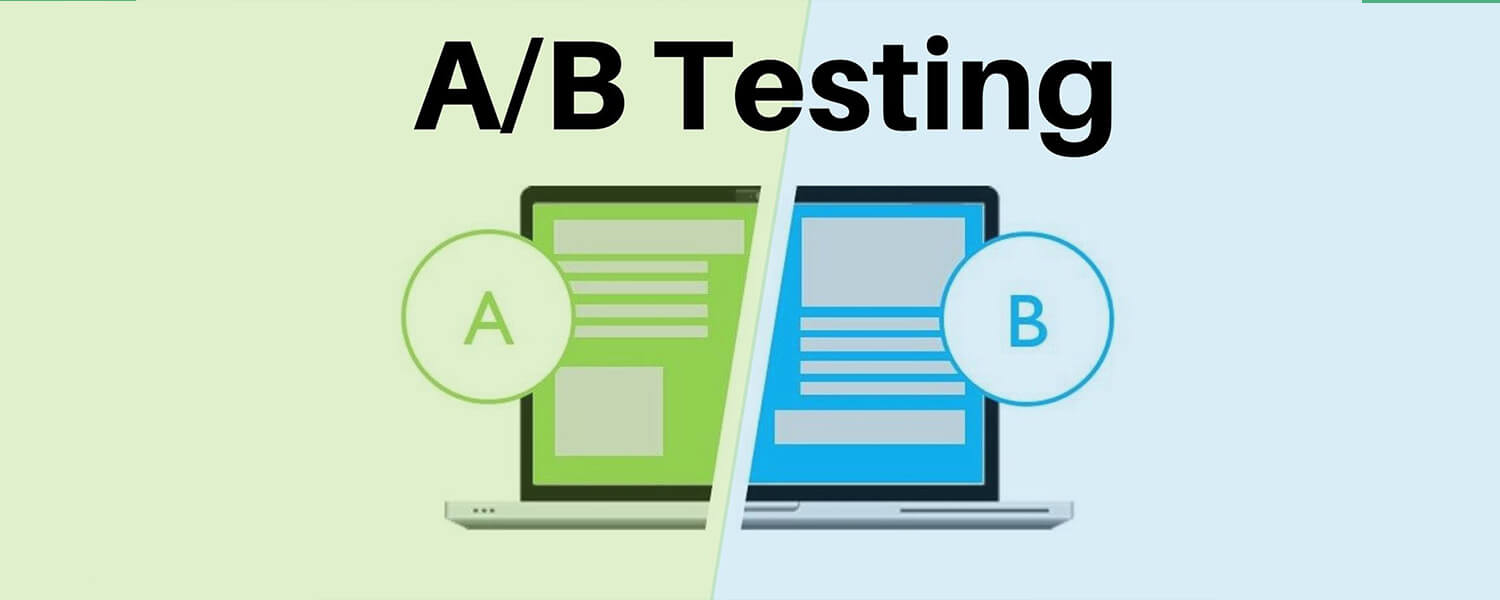
Continuous testing is the cornerstone of optimizing your email newsletter for maximum effectiveness. Conduct A/B tests on various elements, including subject lines, call-to-action buttons, and content placement, to identify the most successful variations. Regularly analyze your email marketing metrics to gain invaluable insights into your subscribers’ preferences and behaviors. Leverage this data to fine-tune your strategies and improve the overall performance of your email campaigns.
- Conducting Controlled Testing
The first critical step in the “Test and Analyze” process is conducting controlled testing. Implement A/B or split tests to compare different variations of your marketing strategies, such as email subject lines, website layouts, or ad copies. Use relevant SEO-friendly keywords in your content to optimize for search engines and attract organic traffic.
- Analyzing Data and Extracting Insights
After conducting tests, the next essential step is to analyze the data and extract meaningful insights. Evaluate the performance of each test variation and identify patterns or trends. Utilize SEO-friendly keywords strategically to enhance search engine visibility and improve data analysis. By analyzing the results, you can gain valuable information about what works best for your audience, enabling you to refine your marketing efforts and achieve better outcomes in the future.
9. Maintain Consistency
Consistency is a vital element in building a strong brand identity and cultivating loyalty among your subscribers. Establish a regular schedule for sending out your email newsletters, whether it’s weekly, bi-weekly, or monthly, and adhere to it religiously. Consistent communication allows your subscribers to anticipate and eagerly await your content, leading to increased engagement and long-term loyalty.
- Define Brand Guidelines and Standards
The first crucial step in maintaining consistency is to define clear brand guidelines and standards. Establish a cohesive brand identity, including logo, colors, typography, and tone of voice. Utilize SEO-friendly keywords naturally in your content to optimize for search engines and improve brand visibility.
- Implement Across All Channels and Platforms
Once brand guidelines are in place, the next essential step is to implement them consistently across all channels and platforms. Ensure that your website, social media, emails, and marketing materials adhere to the defined brand elements. Incorporate relevant keywords strategically to enhance SEO and reinforce brand messaging. By maintaining consistency throughout your branding efforts, you build brand recognition, trust, and loyalty among your audience, establishing a strong and cohesive brand presence in the market.
10. Focus on Email Deliverability
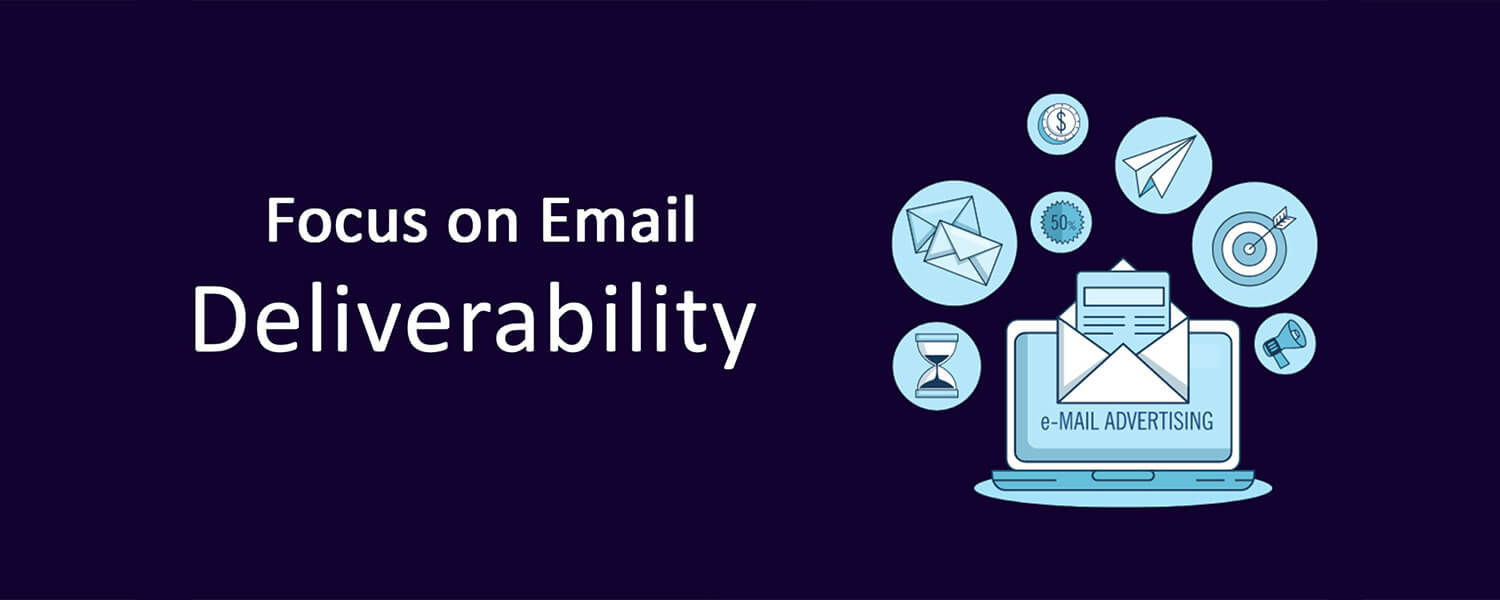
Ensuring your email newsletters land directly in your subscribers’ inboxes is paramount for successful email marketing. Adhere to best practices for email deliverability, keeping your email list clean by regularly removing inactive or bounced email addresses. Avoid using spam-like language or excessive punctuation, as this could trigger spam filters and hinder your emails’ delivery. Monitor your sender’s reputation diligently and maintain a low complaint rate to safeguard your emails from being marked as spam.
- Maintain a Clean and Engaged Email List
The first crucial step in focusing on email deliverability is to maintain a clean and engaged email list. Regularly remove inactive or unengaged subscribers to improve the overall quality of your list. Use SEO-friendly keywords strategically in your content to optimize for search engines and improve email deliverability.
- Integrate Email Authentication Measures
The subsequent crucial stage involves the integration of email authentication measures, such as SPF (Sender Policy Framework) and DKIM (DomainKeys Identified Mail). These protocols play a pivotal role in verifying the legitimacy of your emails and shielding them from being flagged as spam. Seamlessly incorporate pertinent keywords to bolster both SEO performance and email reputation. By maintaining a pristine email list and implementing robust authentication protocols, you can significantly enhance email deliverability. This ensures that your messages successfully reach the intended recipients’ inboxes, ultimately amplifying the efficacy of your email marketing campaigns.
11. Include Clear Call-to-Action (CTA)

Every email newsletter must feature a clear and compelling call-to-action (CTA) that guides your subscribers toward the desired action. Whether you want them to visit your website, download a free resource, or make a purchase, a strategically placed CTA increases the likelihood of conversion and engagement.
- Define the Objective and Placement of CTA
The first crucial step in including a clear call-to-action (CTA) is defining the objective of your message and strategically placing the CTA within your content. Use SEO-friendly keywords naturally in your content to optimize for search engines and attract relevant traffic to your CTA.
- Craft Compelling and Action-Oriented CTA
Once the objective and placement are determined, the next essential step is to craft a compelling and action-oriented CTA. Use persuasive language and actionable words to prompt an immediate response from your audience. Utilize relevant keywords strategically to enhance SEO and boost CTA visibility. By incorporating clear and compelling CTAs, you guide your audience toward the desired action, increasing engagement and conversions, and ultimately leading to better results in your marketing efforts.
12. Monitor and Respond to Subscriber Engagement
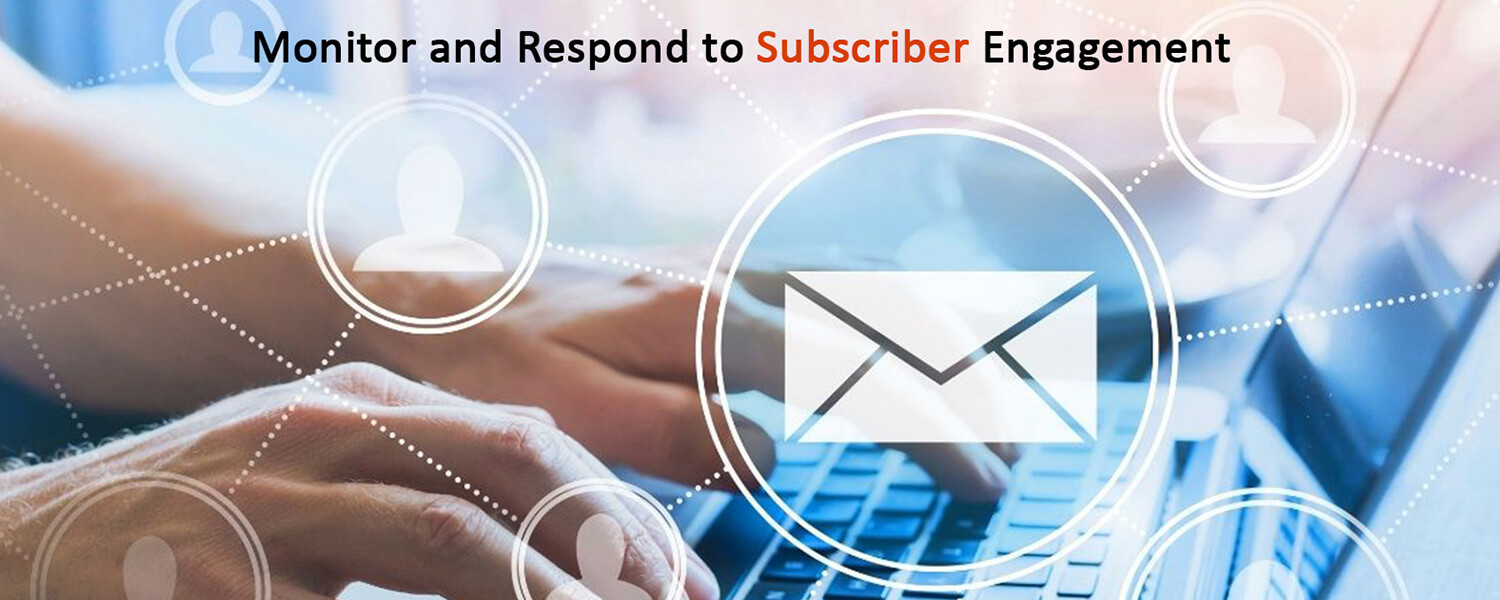
Pay close attention to your email engagement metrics, such as open rates, click-through rates, and unsubscribe rates. These metrics provide valuable insights into the success of your email campaigns and identify areas for improvement. Proactively engage with your subscribers by responding to their feedback, questions, or concerns promptly. Establishing a two-way communication channel fosters a stronger bond between you and your audience, fostering deeper trust and loyalty.
- Track Subscriber Engagement Metrics
The first crucial step in monitoring and responding to subscriber engagement is to track relevant metrics. Utilize SEO-friendly keywords naturally in your content to optimize for search engines and attract relevant traffic to your emails. Keep a close eye on metrics such as open rates, click-through rates, and email shares to gauge the level of engagement among your subscribers.
- Analyze Data and Tailor Content
Once you have collected engagement data, the next essential step is to analyze it and tailor your content accordingly. Utilize relevant keywords strategically to enhance SEO and improve data analysis. Identify patterns and trends in subscriber behavior to understand their preferences and interests. Based on the insights gained, craft personalized content and targeted campaigns that resonate with your audience, leading to increased engagement and ultimately, stronger relationships with your subscribers. By proactively monitoring and responding to subscriber engagement, you can optimize your email marketing efforts and drive better results in reaching your marketing goals.
13. Leverage Automation
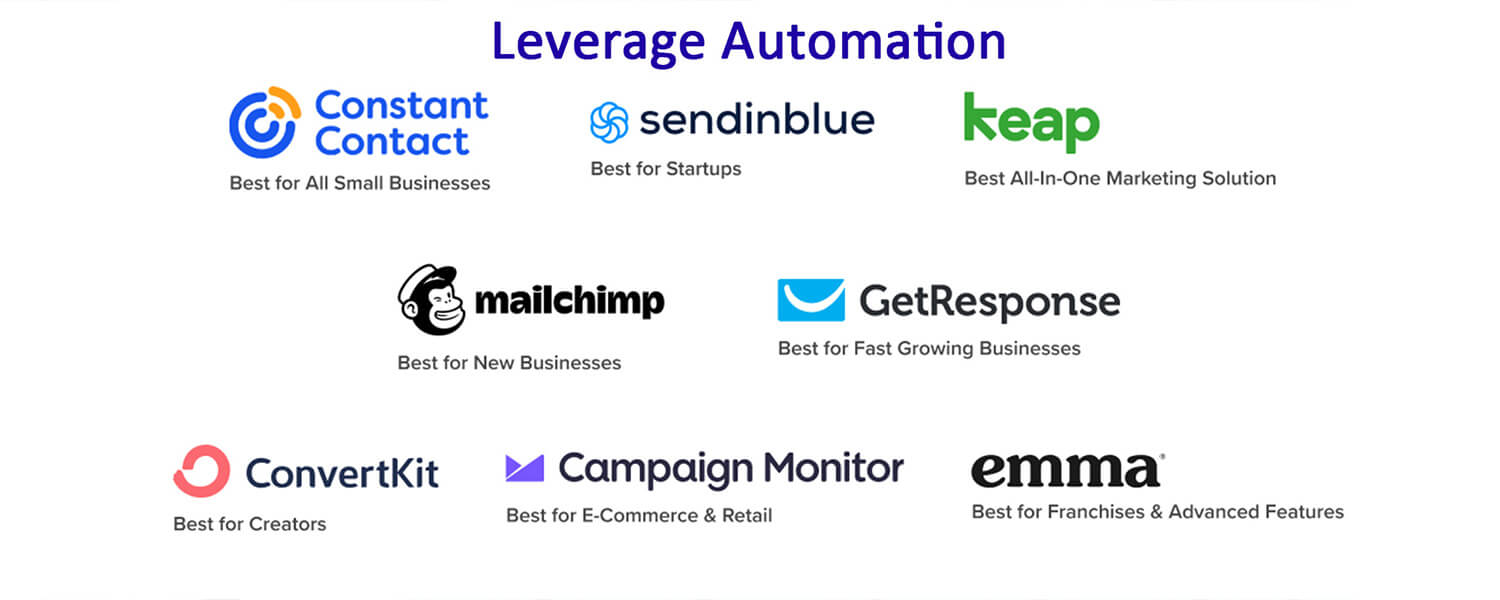
Unleash the full potential of automation to revolutionize your email marketing endeavors. Embrace the art of setting up automated welcome emails that warmly greet and engage new subscribers, while cleverly triggering emails based on specific actions or noteworthy events. Craft personalized email flows, meticulously designed to nurture your leads throughout their entire customer journey, creating a seamless and delightful experience. With automation as your ally, precious time is saved, and your subscribers receive precisely tailored content at the right moments, all without the need for manual intervention. Elevate their overall brand experience, forging lasting connections and cultivating unwavering brand loyalty. Let automation be the key to unlocking your email marketing success.
- Identify Automation Opportunities
The first crucial step in leveraging automation is to identify opportunities where automation can streamline your processes. Utilize SEO-friendly keywords naturally in your content to optimize for search engines and attract relevant traffic to your automated campaigns. Assess repetitive tasks, such as email marketing, social media scheduling, and lead nurturing, that can be automated to save time and increase efficiency.
- Implement and Monitor Automated Workflows
Once you have identified the automation opportunities, the next essential step is to implement and monitor automated workflows. Utilize relevant keywords strategically to enhance SEO and improve workflow performance. Set up automated campaigns, personalized emails, and scheduled social media posts. Monitor the performance of these automated processes regularly and make necessary adjustments to optimize their effectiveness. By leveraging automation effectively, you can streamline your marketing efforts, increase productivity, and deliver a seamless and personalized experience to your audience, ultimately driving better results in your overall marketing strategy.
14. Stay Compliant with Email Regulations
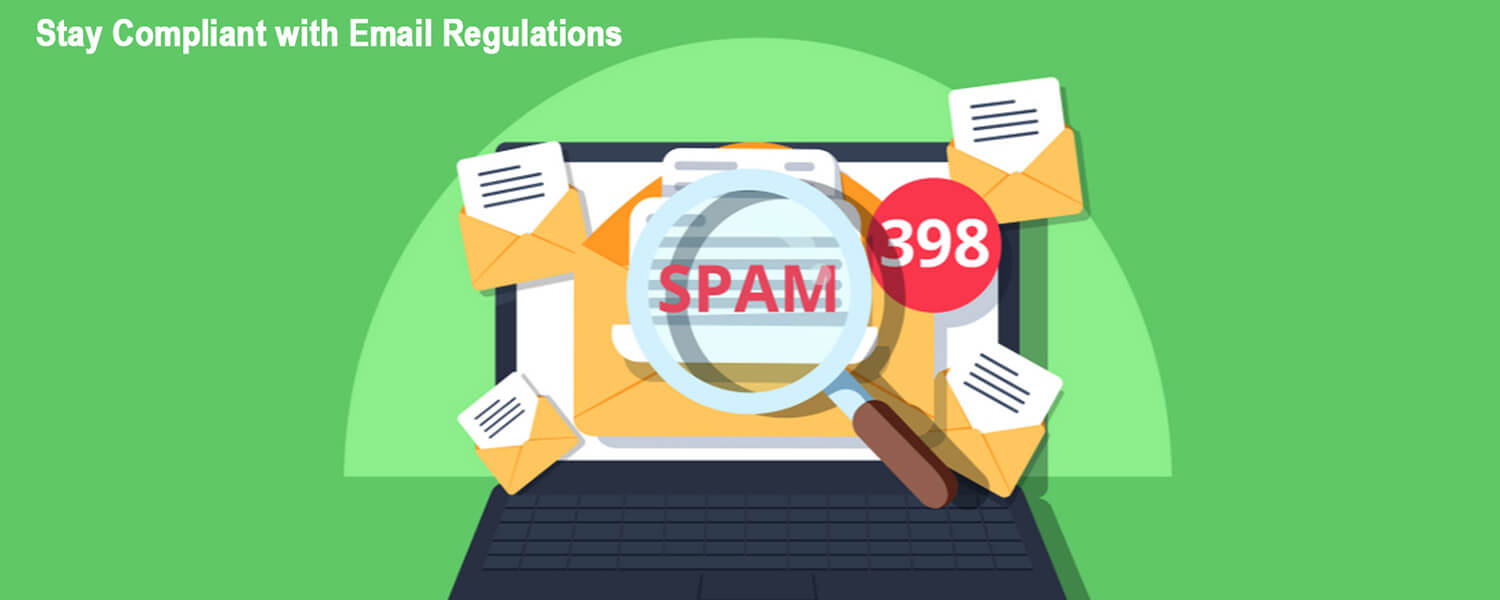
Maintaining compliance with relevant email marketing regulations, such as GDPR or CAN-SPAM, is crucial for establishing trust with your audience and safeguarding your brand’s reputation. Include a visible and easily accessible unsubscribe option to respect your subscribers’ preferences. Provide a physical mailing address and obtain proper consent before adding individuals to your email list. Prioritizing compliance not only protects your brand but also demonstrates your commitment to ethical and responsible email marketing practices.
- Understand Email Regulations and Laws
The first crucial step in staying compliant with email regulations is to thoroughly understand the relevant laws and regulations governing email marketing. Utilize SEO-friendly keywords naturally in your content to optimize for search engines and attract relevant traffic to your website. Familiarize yourself with laws like CAN-SPAM Act in the US or GDPR in Europe, and ensure that your email practices align with their requirements.
- Implement Best Practices and Consent Management
Once you have a clear understanding of email regulations, the next essential step is to implement best practices and consent management strategies. Utilize relevant keywords strategically to enhance SEO and improve compliance-related content. Obtain explicit consent from subscribers before sending them marketing emails. Provide an easy-to-use opt-out mechanism and promptly honor unsubscribe requests. By adhering to email regulations and implementing robust consent management, you can maintain a positive reputation, avoid legal troubles, and build trust with your audience, ultimately leading to more successful and compliant email marketing campaigns.
In conclusion, crafting a stellar email newsletter requires a strategic approach that combines compelling content, thoughtful design, and meticulous analysis. By following these 14 proven steps, you can create an email newsletter that captivates your audience, fosters brand loyalty, and drives tangible results for your business. Embrace personalization, optimize for mobile, and consistently deliver high-quality content to set yourself apart from the competition and build a devoted community of subscribers. Armed with these invaluable insights, it’s time to elevate your email marketing strategy and unlock the full potential of your email newsletter. Happy emailing!












